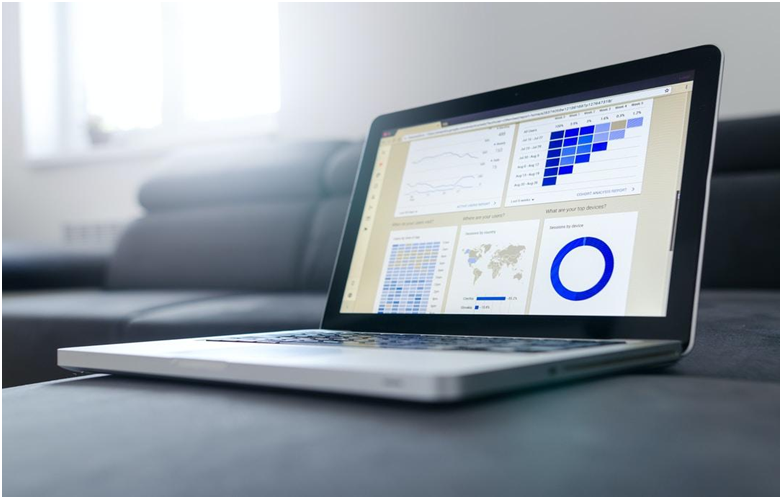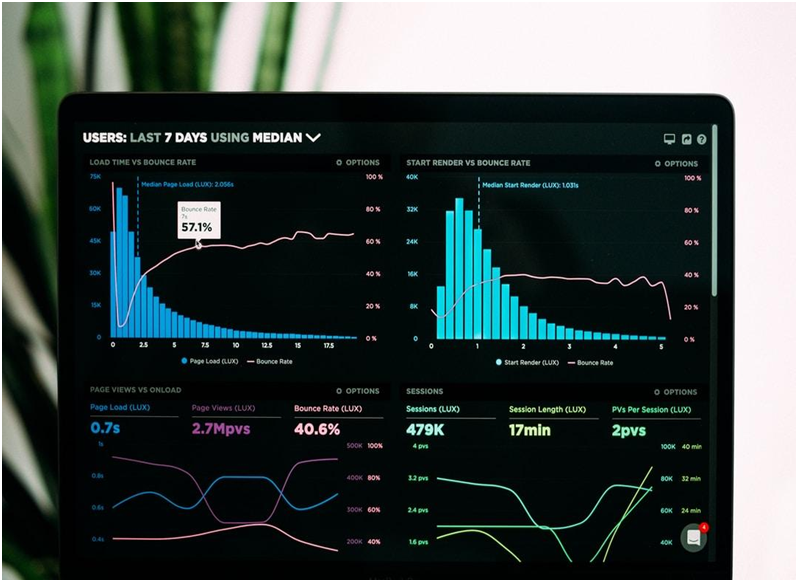Tax season is here, and that sends all of us taxpayers scrambling to get our documents to the IRS and praying for a decent tax return. For homeowners, taxes take more of a focus when it comes time for assessments of your property. Tax assessment is the job of determining value to create a property tax. An assessor will usually find a rate suited to the market value of the property. While waiting on the assessor may seem tedious, it’s part of a data science pathway that’s becoming more prevalent in this sector.
Understanding Data Science
You’re probably wondering, what is data science? Data science is a multifaceted approach to finding and surfacing patterns through data mining, while intertwining them with forecasting, machine learning, and predictive analytics. With large amounts of data, companies are seeking to harness insights from this information. To realize and monetize data science, organizations must use these actionable insights and optimization strategies as greater business intelligence sets the framework for how a business operates.
This includes descriptive and diagnostic capabilities, meaning that data science organizations can use data to figure out what happened and what a company should do when this issue comes up again. By creating statistical models, analysts can use machine learning and data science to generalize market behavior. Outputs from the deployment of these data science models are usually predictions for even the most complex problems.
Gathering Data

When collecting any amount of data, it’s important to find a way to use this information as advantageously as possible. In the case of tax assessments, authorities pull together data through means of artificial intelligence and customer service. This allows tax experts to create profiles of properties, as well as taxpayers, to get a better understanding of each individual case. The formats in which this data is submitted may differ and make it difficult for companies to track without real-time data analytics engines driving the ship.
This allows tax assessors to perform detailed reviews of any part of a taxpayer’s profile, from their federal tax return to a determination of proper tax after additions made to the home. With new products available to create a statistical analysis, this form of data preparation is also used for visibility to develop analytic capabilities to create efficiencies. This includes shifting focus from traditional tax compliance activities to real-time audit readiness. This not only helps in dealing with tax forms of all variations but also helps assessors and taxpayers alike keep track of any legislative and regulatory changes that could impact a tax filing. This could, not only have a direct effect on a tax return, but could help to avoid a potential issue down the line regarding taxable income and other implications.
Reducing Risks for Taxpayers

Data visualization, above all else in tax assessments, is much to the benefit of the person submitting for assessment. This is where datasets must be maintained with the utmost protection at the core of tax software. Tax preparation products like Simple Tax allow for taxpayers to streamline and handle most tax situations without the fret of dealing with an accountant or relying on larger firms like H&R Block.
Data science models help tax software users search through a litany of deductions to find something they may be able to capitalize on for the first time. This software allows taxpayers to answer simple questions to decide on relevant deductions and utilizes those data points to have an immediate impact on a total refund. This ranges from easier assessment of their home and property tax, down to any pension or charitable deductions that could impact a tax filing directly. With a proper data warehouse and machine learning, taxpayers can see almost immediate benefit.

